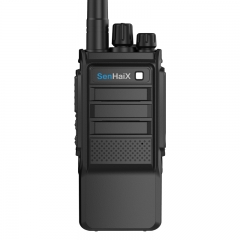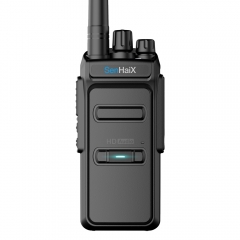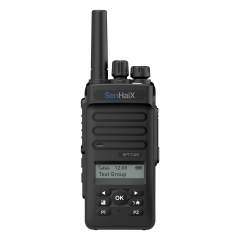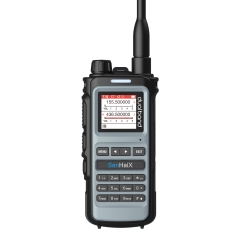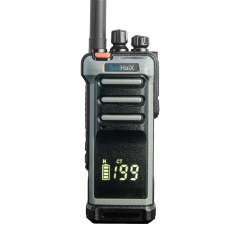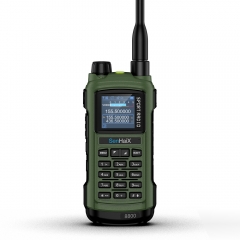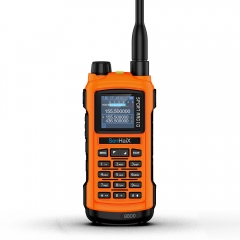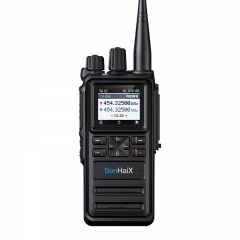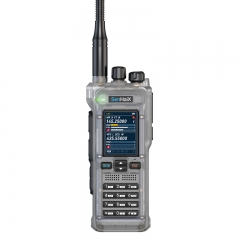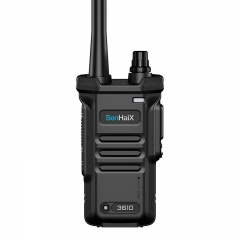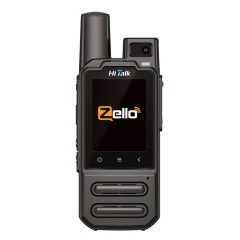Usually a new HAM will ask how far can a certain type of two way radio call? To be honest, it's hard to explain every time I'm asked this question. At the same time, it also reflects the problem that HAM does not understand the walkie-talkie. So haow far is the communication range of a two way radio, and what should we say? Today we will briefly talk about the wireless intercom call distance.
Why can't we answer the question of how far a device can be called? That's because in the field of wireless communication, there is no "distance", because there are so many factors that can affect how far a wireless signal can travel. Commonly used radio walkie-talkies generally use 130-170; Two frequency bands, 403-470, are also allowed to be used by individuals or units by national law. Under normal circumstances, the two frequencies are spread in a straight line, the sea is the marine radio ideal communication environment, generally there will be no obstacles and very little interference, but in fact, in the sea handheld can only pass about 20 nautical miles, that is because the earth is round, too far away from the middle will be blocked by the sea water. (So the higher the antenna, the farther the call will be.)
Usually in urban use, obstacles are the biggest factor affecting the distance of the signal. The actual communication distance of the walkie-talkie with the power of 5W in the city is generally only within the range of 2 ~ 5km. In the high ground, more buildings or more sealed indoor, the call distance will be shorter. However, when there is a system base station support, the radio can reach more than ten kilometers or even dozens of kilometers, (if two intercom are in the height, can also reach more than ten kilometers). At the same time, due to the different frequency band characteristics of VHF and UHF, the communication effect is different. UHF is more suitable for urban use because of its higher frequency, better penetration and worse diffraction compared with VHF. On the contrary, VHF is more suitable for plain area because of its lower frequency, better diffraction and worse penetration.



















